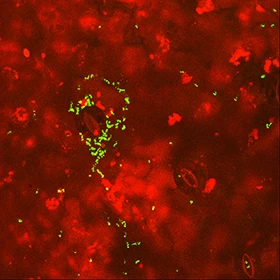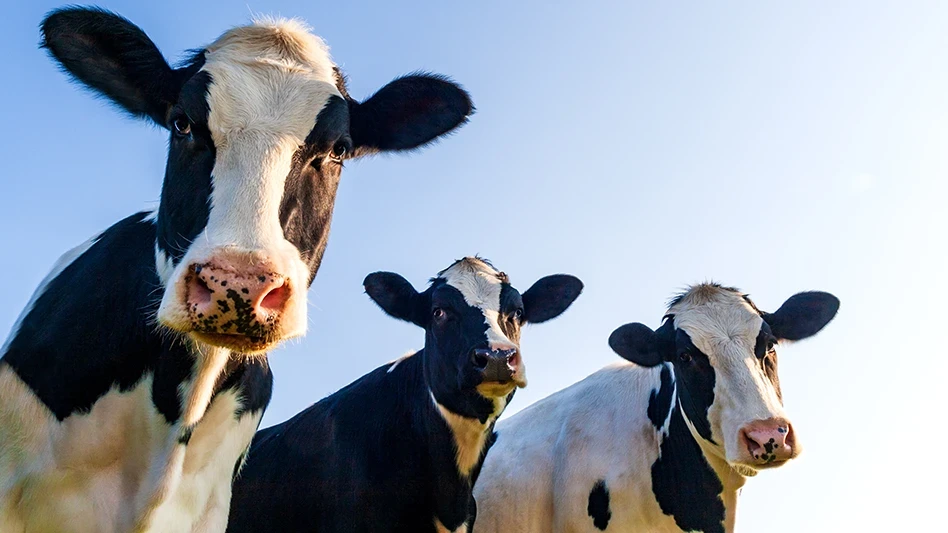
E.coli O157:H7 is more likely to contaminate lettuce when downy mildew is already present, according to U.S. Department of Agriculture (USDA) scientists.
Downy mildew, a lettuce disease caused by the fungus-like water mold Bremia lactucae, is one of the biggest problems that lettuce growers must deal with. But microbiologist Maria Brandl, with the USDA Agricultural Research Service’s (ARS) Produce Safety and Microbiology Research Unit in Albany, Calif., has been investigating why so many E. coli O157:H7 outbreaks can be traced back to lettuce fields when E. coli O157:H7 sources are as diverse as undercooked beef, sprouts, raw dairy, shelled walnuts, fruits and vegetables. ARS is USDA’s chief in-house research agency.
Lettuce leaves are actually a harsh place for microbes to survive. But the epidemiological evidence is indisputable about how often lettuce is the source of E. coli O157:H7 contamination.
In earlier research, Brandl found that E. coli O157:H7 preferred cut, injured and younger leaves to undamaged and older ones. Then, she collaborated with ARS geneticist and lettuce breeder Ivan Simko from the Crop Improvement and Protection Research Unit in Salinas, Calif. They found that under warm temperature and on wet leaves, E. coli O157:H7 multiplied 1,000-fold more in downy mildew lesions than on healthy lettuce leaf tissue. Even on dry lettuce leaves, where most bacteria struggle to survive, E. coli O157:H7 persisted in greater numbers when downy mildew disease was present.
The exact factors that caused less growth of E. coli O157:H7 in the more resistant line still need to be carefully explored. But if a genetic hurdle to E. coli O157:H7 colonization could be bred into commercial lettuce varieties along with downy mildew resistance, it would add a new defensive line to contamination of lettuce, helping farmers to improve the microbial safety of their crop as well as control their number-one plant disease problem.
Read the full article by Kim Kaplan in the July 2015 issue of AgResearch magazine.
Latest from Quality Assurance & Food Safety
- Tri-Union Seafoods Recalls Tuna Cans Due to Botulism Risk
- Ellen MacArthur Foundation Big Food Redesign Challenge Inspires New Nature-Minded Food and Drink Products
- IFT to Host Webinar Exploring Latest Scientific Research Around Ultra-Processed Foods
- Penn State Extension to Host FSMA Produce Grower Certification Course
- Kumiai and Valent U.S.A. Partner to Develop Effeeda Herbicides for U.S. Rice Producers
- IFT and FoodTech Venture Capital Firm PeakBridge Partner on IFT FIRST Startup Pavilion
- Construction Company Selected to Build Texas A&M’s New Meat Science and Technology Center
- Turkana Food Inc. Recalls Aleppo Tahini Sesame Paste





